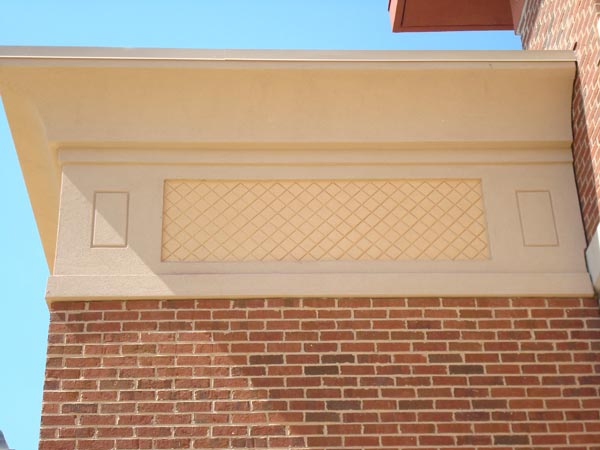The Difference Between Acrylic Stucco & Traditional Stucco

When you’re looking for an update to your home’s exterior, there’s nothing more versatile or classic than a stucco finish. Stucco is versatile and attractive, adding curb appeal and weather resistance to your home. It isn’t just dried mud splashed onto your home; there’s a science to the application process and several varieties to choose from. For most homeowners, the final choice comes down to traditional or acrylic stucco. What’s the difference between the two? Let’s compare.
Traditional Stucco
Traditional stucco may also be referred to as classic stucco, hard coat stucco, cement stucco finish, or hard coat finish.
Traditional stucco is a rigid exterior finish best suited for one and three coat applications. It’s made from cement, lime, sand, and water. The finished textures range from rough to smooth finishes, using different sizes and amounts of sand to achieve the desired result.
If cost is a major consideration, traditional stucco is less expensive than the acrylic variety. It’s also a highly versatile finish, with a range of textures and color additives available. It’s easier to apply than acrylic stucco because it stays moist longer. Traditional stucco needs an additional layer of mud stands, a wire mesh underlay, and boards to ensure the finish sticks to the surface. It will require future maintenance because it’s more prone to cracking and weather damage.
Cement stucco can have color variations if the project takes more than one mixed batch and can vary due to the amount of water used in the mixture. In general, the colors of traditional are more muted than those of acrylic because it is a cement based finish. Hard coat stucco will also fade over time and need to be repainted more frequently.
Another major difference between traditional and acrylic stucco is the way they waterproof your home’s exterior. Traditional stucco absorbs excess water, drying out after the water drains.
Traditional stucco is readily available from most suppliers. While it may provide inconsistent color outcomes and require more maintenance than acrylic stucco, it is a more affordable option with many choices in colors and textures for your finished project.
Acrylic Stucco
Acrylic stucco may alternatively be referred to as synthetic stucco, or elastomeric stucco finish.
Acrylic stucco is less rigid than traditional stucco, partly because it involves several layers: a foam insulation board, a first coat of synthetic stucco, a layer of fiberglass mesh, and a final (top) coat of acrylic stucco. Acrylic stucco is a great choice for one or three coat applications, as well as for finishing EIF installations.
Synthetic stucco is made from acrylic resins, polymers, and sand and resembles a thin glue or a high-quality paint in consistency. It’s harder to work with acrylic stucco because it dries much faster than traditional stucco.
Traditional stucco is supplied in a powder form that must be mixed with water, making it hard to match batches for consistency and color. Acrylic stucco takes the guesswork away because it’s supplied in pre-mixed buckets.
Acrylic stucco comes as a white base, but colors can be added to create rich, vibrant finishes. Because synthetic stucco isn’t a cement-based product, the color varieties will be brighter and more brilliant than those available using traditional stucco. While there are fewer color options compared to traditional stucco, acrylic stucco provides consistent color from batch to batch. In addition, the colors will last longer than with traditional stucco.
While acrylic stucco may not feature as many texture options as cement stucco, there are still plenty available to match your desired outcome.
Traditional stucco absorbs water, but acrylic stucco repels it for an even better water-proofing process for the home.
Acrylic stucco is pricier than the traditional kind, but its durability and lower maintenance costs may balance out the difference. A downside of synthetic stucco is that not all suppliers keep it in stock.
The Advantage to Professional Stucco Installation Services
Achieving the desired outcome isn’t an easy process whether choosing acrylic or traditional stucco finishes. Special care must be taken to ensure the coats are applied evenly, and there’s work to be done before the finish can be applied at all. Mixing traditional stucco incorrectly can lead to an uneven application and inconsistent color and texture, while acrylic stucco requires several layers of underlay and a rapid application to keep the batch from drying out.
Robey has been a leader in stucco exteriors for more than three decades. Contact us with your project needs, and let’s talk stucco.
